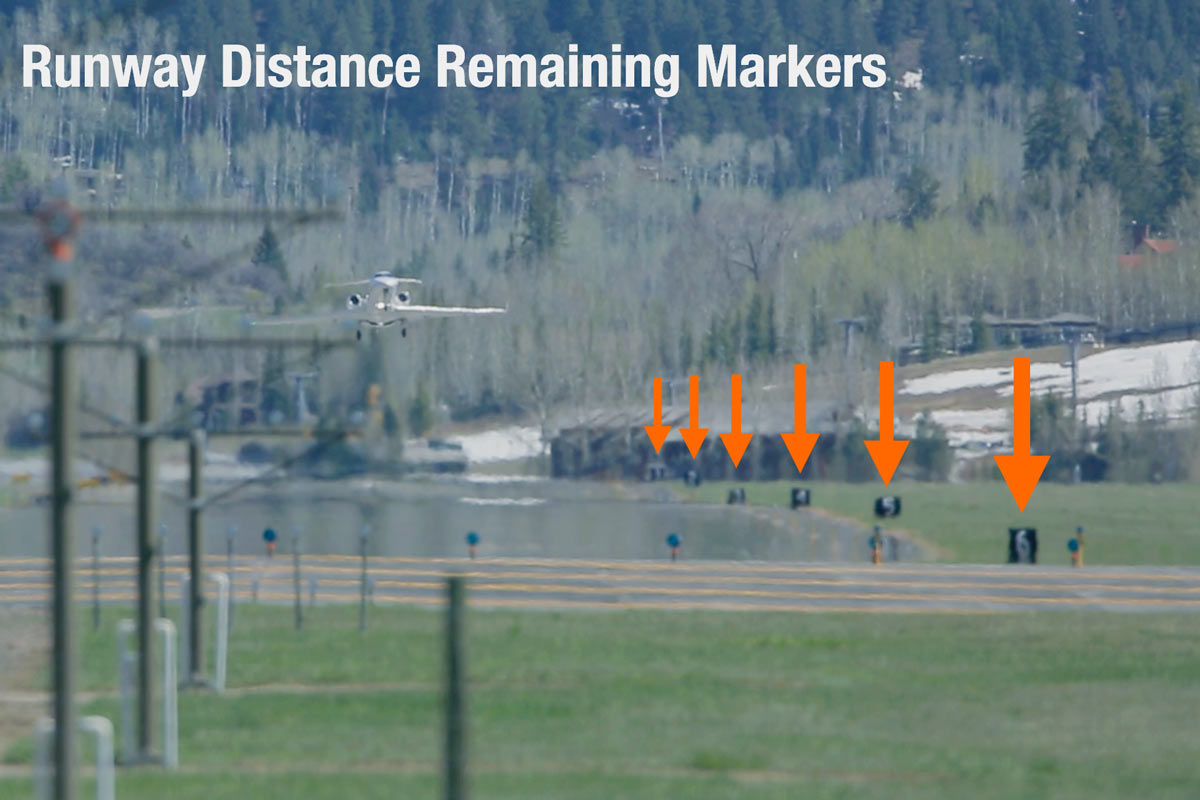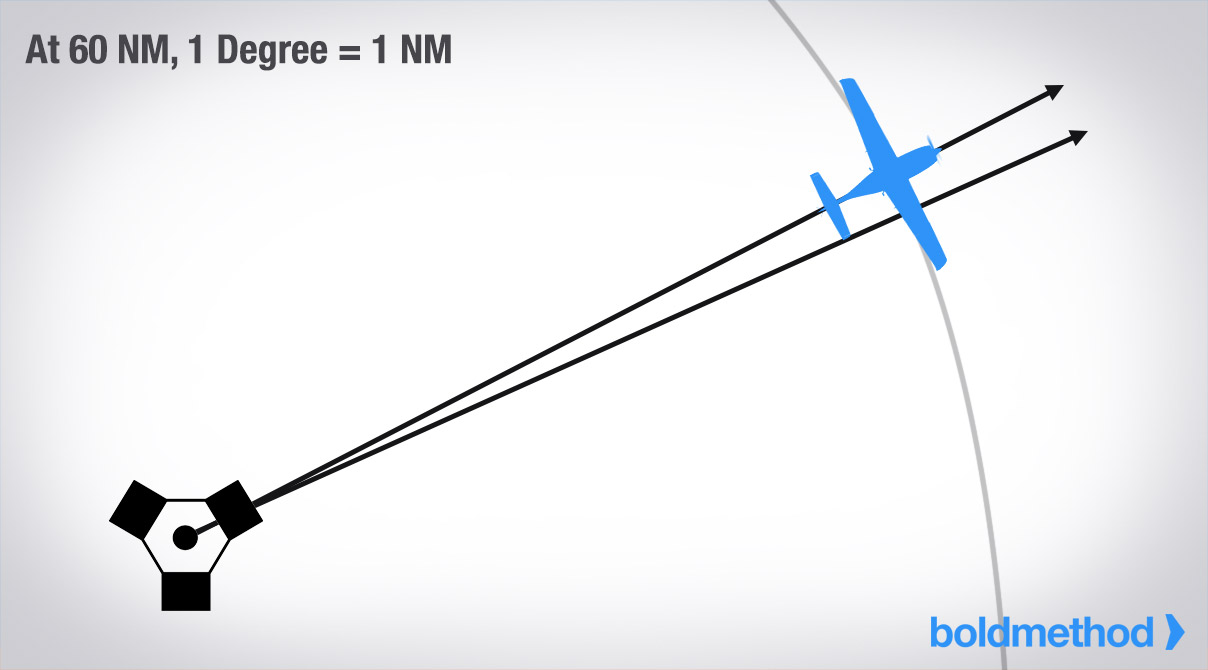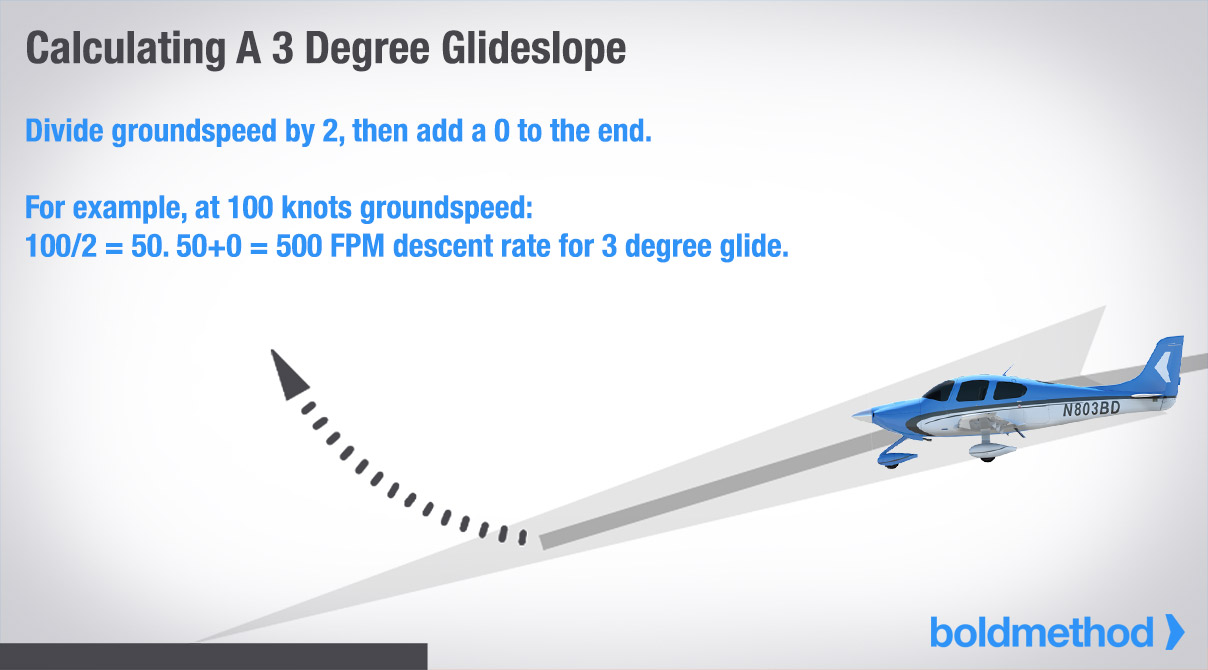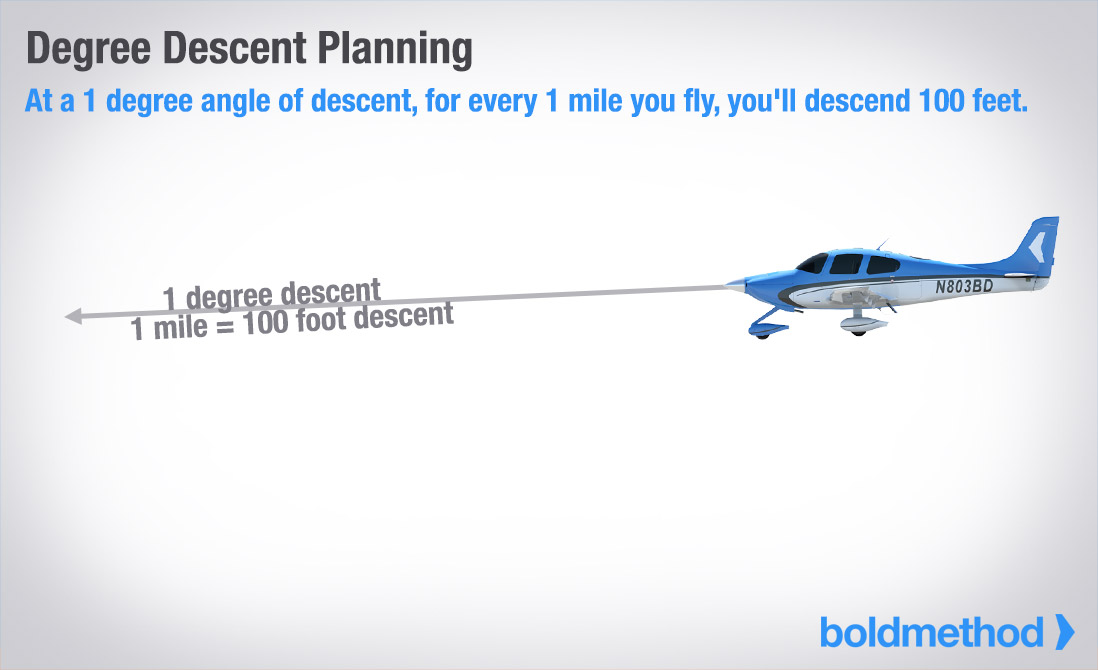Rules-Of-Thumb Every Pilot Should Know | Boldmethod
1) When To Abort A Takeoff: The 50/70 Rule
A general rule for GA aircraft is if you haven't reached 70% of your takeoff speed by the time you've reached 50% of the length of the runway, you should abort your takeoff. Read the full article here.
Why do you need 70% of your takeoff speed by 50% of the runway? As you accelerate down the runway during takeoff, you start chewing up more feet of runway for every second you're rolling down the pavement. If you haven't achieved 70% of your takeoff speed by the time you're halfway down the runway, you may not have enough pavement left to get to rotation speed and lift off.
 Boldmethod
Boldmethod
1) When To Abort A Takeoff: The 50/70 Rule
A general rule for GA aircraft is if you haven't reached 70% of your takeoff speed by the time you've reached 50% of the length of the runway, you should abort your takeoff. Read the full article here.
Why do you need 70% of your takeoff speed by 50% of the runway? As you accelerate down the runway during takeoff, you start chewing up more feet of runway for every second you're rolling down the pavement. If you haven't achieved 70% of your takeoff speed by the time you're halfway down the runway, you may not have enough pavement left to get to rotation speed and lift off.
 Boldmethod
Boldmethod2) Course Corrections
The 1 in 60 rule states that if you're off course by 1NM after 60 miles flown, you have a 1 degree tracking error. Time to correct that heading!
Another tip: If you're 60 miles away from a VOR, and you're off course by one degree, you're off course by one mile. Last thing: if you fly a 60 mile arc around the VOR, you'd fly a total of 360 miles...talk about a long instrument approach!

3) How To Calculate Windshear
Rule-of-thumb: the total shear is double the peak wind. If the outflow speed of a microburst is 30 knots, you'll experience about 60 knots of shear as you cross the microburst. And it all can happen in a very short period of time.
Think about what would happen to your Cessna 172 if you went from 100 knots to 40 knots in the matter of a few seconds...

Rule-of-thumb: the total shear is double the peak wind. If the outflow speed of a microburst is 30 knots, you'll experience about 60 knots of shear as you cross the microburst. And it all can happen in a very short period of time.
Think about what would happen to your Cessna 172 if you went from 100 knots to 40 knots in the matter of a few seconds...

4) Calculating Glideslope Descent Rates
If you're flying a 90 knot approach speed on a 3 degree glideslope, you'll need to descend at roughly 450FPM to maintain the glideslope. But how did we come up with that?
There's a pretty easy rule-of-thumb to figure that descent rate out. Divide your ground speed by 2, then add a 0 to the end. So if you take 90 knots / 2, you get 45. Add a zero to the end, and you get 450FPM. There's another way to approximate this. You can also multiply your groundspeed by 5 and you'll get an approximate descent rate for a 3 degree glideslope.

If you're flying a 90 knot approach speed on a 3 degree glideslope, you'll need to descend at roughly 450FPM to maintain the glideslope. But how did we come up with that?
There's a pretty easy rule-of-thumb to figure that descent rate out. Divide your ground speed by 2, then add a 0 to the end. So if you take 90 knots / 2, you get 45. Add a zero to the end, and you get 450FPM. There's another way to approximate this. You can also multiply your groundspeed by 5 and you'll get an approximate descent rate for a 3 degree glideslope.

5) More Descent Calculations
At a 1 degree angle of descent, for every 1 mile you fly, you'll descend 100 feet. This ratio can be used to determine other aspects of descent. For instance, if you have 1 mile to descend 600 feet, you'll need a 6 degree nose-down descent.
While you may be able to chop and drop in a C172, a larger jet or turboprop usually can't do that. Plus, it's not safe. Try your best to plan a 3 degree arrival into all of your airports for the safest and most gentle descent.

At a 1 degree angle of descent, for every 1 mile you fly, you'll descend 100 feet. This ratio can be used to determine other aspects of descent. For instance, if you have 1 mile to descend 600 feet, you'll need a 6 degree nose-down descent.
While you may be able to chop and drop in a C172, a larger jet or turboprop usually can't do that. Plus, it's not safe. Try your best to plan a 3 degree arrival into all of your airports for the safest and most gentle descent.

6) Calculating Civil Twilight
A good rule-of-thumb for the calculating civil twilight is that it usually ends between 20-35 minutes after sunset. Today in Boulder, sunset is 6:05 PM, and civil twilight ends at 6:33 PM. That's a difference of 28 minutes.

A good rule-of-thumb for the calculating civil twilight is that it usually ends between 20-35 minutes after sunset. Today in Boulder, sunset is 6:05 PM, and civil twilight ends at 6:33 PM. That's a difference of 28 minutes.

7) Flying Gusty Approaches
In gusty conditions, use less flaps. With less flaps and a faster approach speed, you'll be less susceptible to gusty conditions, and you'll also have a safety margin if you encounter wind shear. Another rule-of-thumb you can use is to add half of the gust factor to your approach speed.
If your final approach speed is 80 knots, and the winds have a gust factor of 20 knots (for example, winds 10 gusting to 30), fly the approach at 90 knots.
 Bernal Saborio
Bernal Saborio
What other rules of thumb do you use? Tell us...
Become a better pilot.
Subscribe to the Boldmethod email and get real-world flying tips and information direct to your inbox, every week.
In gusty conditions, use less flaps. With less flaps and a faster approach speed, you'll be less susceptible to gusty conditions, and you'll also have a safety margin if you encounter wind shear. Another rule-of-thumb you can use is to add half of the gust factor to your approach speed.
If your final approach speed is 80 knots, and the winds have a gust factor of 20 knots (for example, winds 10 gusting to 30), fly the approach at 90 knots.
 Bernal Saborio
Bernal SaborioWhat other rules of thumb do you use? Tell us...
Become a better pilot.
Subscribe to the Boldmethod email and get real-world flying tips and information direct to your inbox, every week.
No comments:
Post a Comment